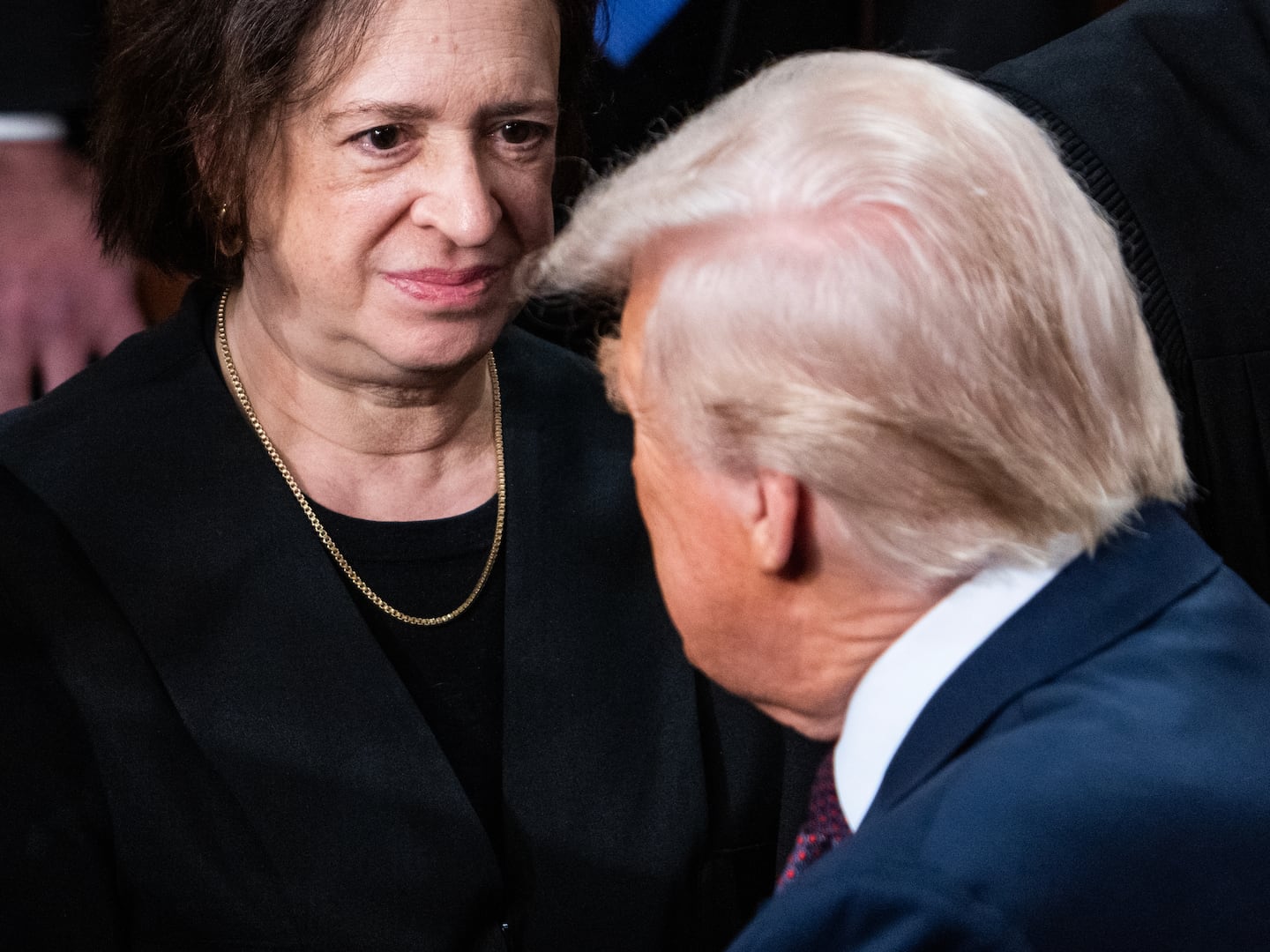It’s not quite growing a brain in a vat, but to a neuroscientist, it’s nearly as useful. Researchers from dozens of labs all over the world are growing pea-sized lumps of brain tissue in order to learn more about the diseases of the brain.
These “mini brains” are a kind of organoid, whose synthesis was first described in 2013 in a groundbreaking paper in Nature. Other organoids representing the liver, intestines, kidney, prostate, retina, and thyroid have also been synthesized.
Cerebral organoids demonstrate some of the connectivity and activity found in live brains, but they are a far cry from the real thing. These mini versions mimic one or more parts of a brain. Since they grow and respond to drugs like portions of a living brain, researchers can learn from them in truly unprecedented ways.
Before cerebral organoid synthesis, scientists learned about human brains by studying donated brain tissue from the deceased and brains from other animals such as mice. While these methods taught scientists a great deal, key portions of the brain couldn’t be studied nearly to the level of other tissues (such as livers and bones) because a brain can’t be kept alive outside a living human—at least not yet. Now formerly dangerous studies, such as the influence of cancerous brain tumors, can be performed safely outside the human body without risk to human life.
Each of the mini brains is created from human skin cells. Since any given cell contains all the genetic information of a person, all the information about that person’s brain, including developmental disorders such as autism and schizophrenia, is included. To get the skin cell to produce brain cells, it must first be re-programed into a stem cell (specifically an induced pluripotent stem cell), which can turn into any kind of cell by giving it particular chemical signals.
While the methods thus far described have been used for years to make cell cultures that lie flat on the surface of a dish, this newer method of organoid synthesis allows the formation of three-dimensional clumps because the cultures are floating in liquid. The cells automatically organize them into structures that scientists can study in great detail.
Since these mini brains form in the absence of surrounding tissues and blood supply, they grow abnormally and are limited in size. If we compare normal brain activity to a car, these mini brains behave more like a car-junkyard sculpture. Similar to how a great number of things can be learned from studying the sculpture’s individual pieces, scientists are able to learn a great deal from studying the different components of each mini brain.
Cerebral organoids can also teach researcher a lot about the evolution of the human brain, particularly when comparing the formation of cerebral organoids from other species such as chimps.
In an interview with AP News, Neural stem cell researcher at UCSF Arnold Kriegstein said this technique “is a major change in the paradigm in terms of doing research with human tissues rather than animal tissues…It’s truly spectacular.”






